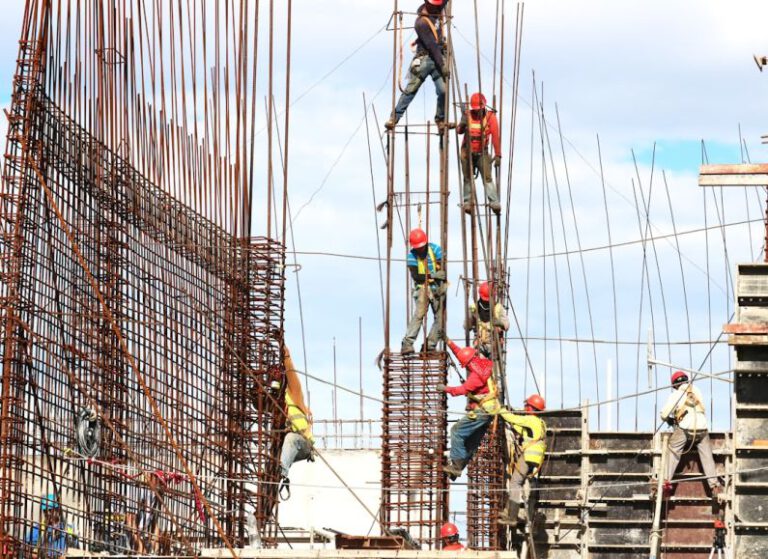What’s New in High-strength Materials for Construction?
Modern construction projects demand innovative materials that can withstand the test of time while offering enhanced strength and durability. In recent years, advancements in material science have led to the development of high-strength materials that are revolutionizing the construction industry. From high-strength concrete to advanced composites, these new materials are changing the way buildings and infrastructure are designed and built. Let’s explore the latest trends and technologies in high-strength materials for construction.
### High-Strength Concrete
Concrete has long been a staple in construction due to its versatility and affordability. However, traditional concrete has limitations when it comes to strength and durability. High-strength concrete addresses these issues by incorporating additives and admixtures that enhance its compressive strength, flexural strength, and durability. With compressive strengths ranging from 8,000 to 14,000 pounds per square inch (psi), high-strength concrete can support heavier loads and resist cracking better than conventional concrete.
### Fiber-Reinforced Polymers (FRPs)
Fiber-reinforced polymers, or FRPs, are composite materials made of a polymer matrix reinforced with fibers such as carbon, glass, or aramid. FRPs offer high strength-to-weight ratios, corrosion resistance, and excellent fatigue properties, making them ideal for structural applications in construction. These materials can be used to strengthen existing structures, such as bridges and buildings, or as a replacement for traditional construction materials like steel and concrete.
### Ultra-High-Performance Concrete (UHPC)
Ultra-high-performance concrete (UHPC) is a cutting-edge material that pushes the boundaries of traditional concrete. With compressive strengths exceeding 21,000 psi, UHPC is known for its exceptional durability, toughness, and resistance to environmental degradation. UHPC is often used in precast elements, bridge components, and high-performance applications where strength and longevity are paramount. Its superior mechanical properties make it an attractive choice for projects that require high-performance materials.
### High-Performance Steel Alloys
Steel remains a fundamental material in construction due to its strength, versatility, and recyclability. High-performance steel alloys, such as high-strength low-alloy (HSLA) steels and advanced high-strength steels (AHSS), offer superior mechanical properties compared to traditional carbon steels. These alloys exhibit higher yield strengths, improved ductility, and better corrosion resistance, making them ideal for structural components in buildings, bridges, and infrastructure projects.
### Engineered Wood Products
Wood has been used in construction for centuries, but modern engineering techniques have led to the development of high-strength engineered wood products. Cross-laminated timber (CLT), laminated veneer lumber (LVL), and glued laminated timber (glulam) are examples of engineered wood products that offer exceptional strength, stability, and sustainability. These materials provide an alternative to traditional construction materials while reducing the environmental impact of building construction.
### Sustainable High-Strength Materials
In addition to performance characteristics, sustainability is a growing concern in the construction industry. Many high-strength materials are being developed with a focus on environmental impact, energy efficiency, and recyclability. Sustainable concrete mixes, bio-based composites, and recycled steel alloys are examples of materials that offer high strength while reducing carbon footprints and promoting circular economy principles.
### The Future of High-Strength Materials
As the construction industry continues to evolve, the demand for high-strength materials will only increase. Advances in material science, engineering, and manufacturing processes will drive the development of new and innovative materials that push the boundaries of strength, durability, and sustainability. By embracing these new technologies and materials, construction professionals can create safer, more resilient structures that meet the challenges of the future.






